New Construction Inspections
{{Location}}'s Trusted Source to Ensure Quality at Every Phase of Your New Construction Build
Proudly Providing Inspection Services for City1, City2, City3, City4, City5, City6, City7, City8, and Surrounding Areas
Building a new home or commercial property is an exciting venture, but it’s also a complex process that requires careful oversight. If you’re building your new home, new construction inspections from NPI can help ensure that every stage of construction is completed with quality workmanship.
New construction inspections, also known as “phase” inspections, are different from standard home inspections because they allow you the opportunity to see exactly what’s happening during every phase of construction. With a home inspector’s professional guidance along the way, you’ll be confident in your new purchase from the moment you move in.
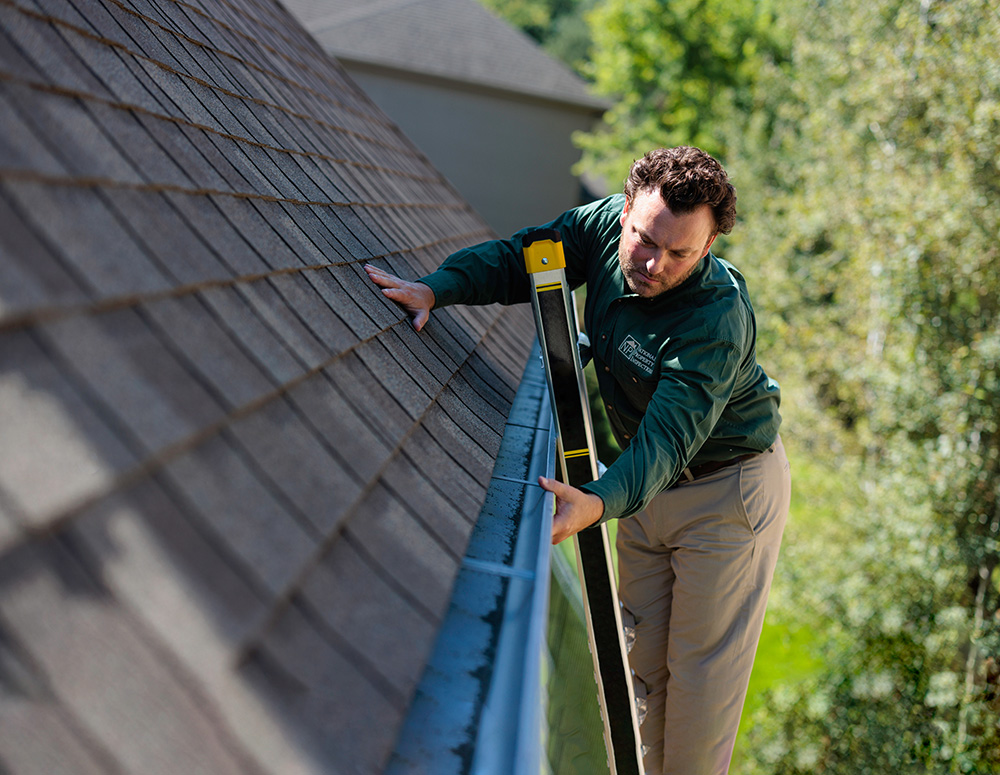
The 3 Phases of New Construction Inspections
During every new home construction, there are three phase inspections performed: a foundation inspection before the concrete slab is poured, a framing inspection before the drywall is installed, and a final finish inspection, otherwise known as a “blue tape” inspection.
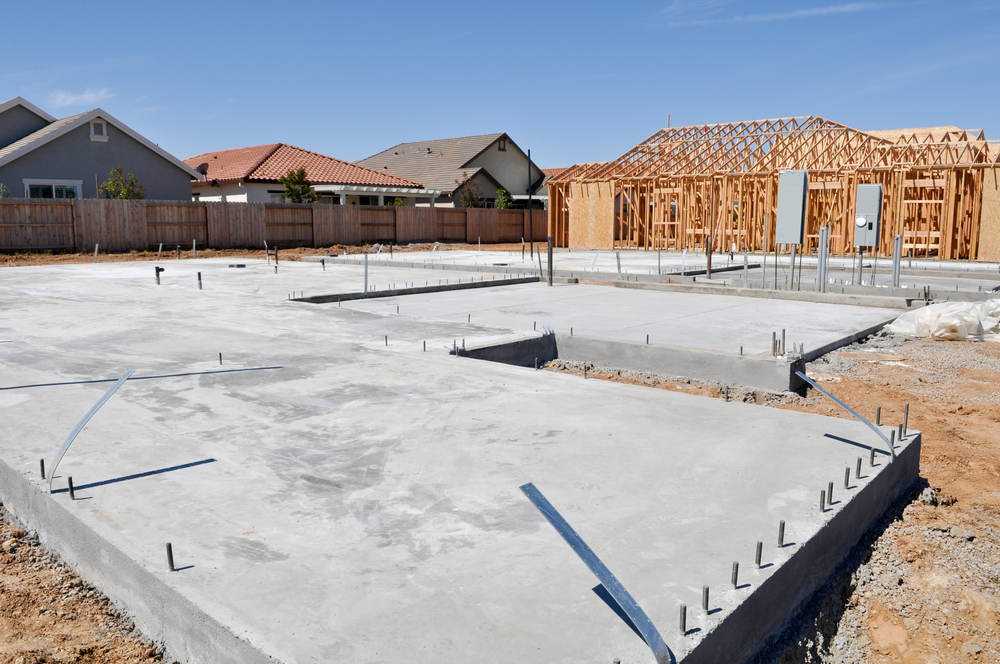
Phase 1:
Foundation Inspection
This is your only opportunity to have the foundation thoroughly inspected; once concrete is poured, these components are no longer visible. We check for problems like insufficient grading and drainage that can lead to standing water, undersized reinforcing bar, proper support and spanning of post-tensioned cable, proper placement of re-bar, and proper installation of pre or post-tension cabling.
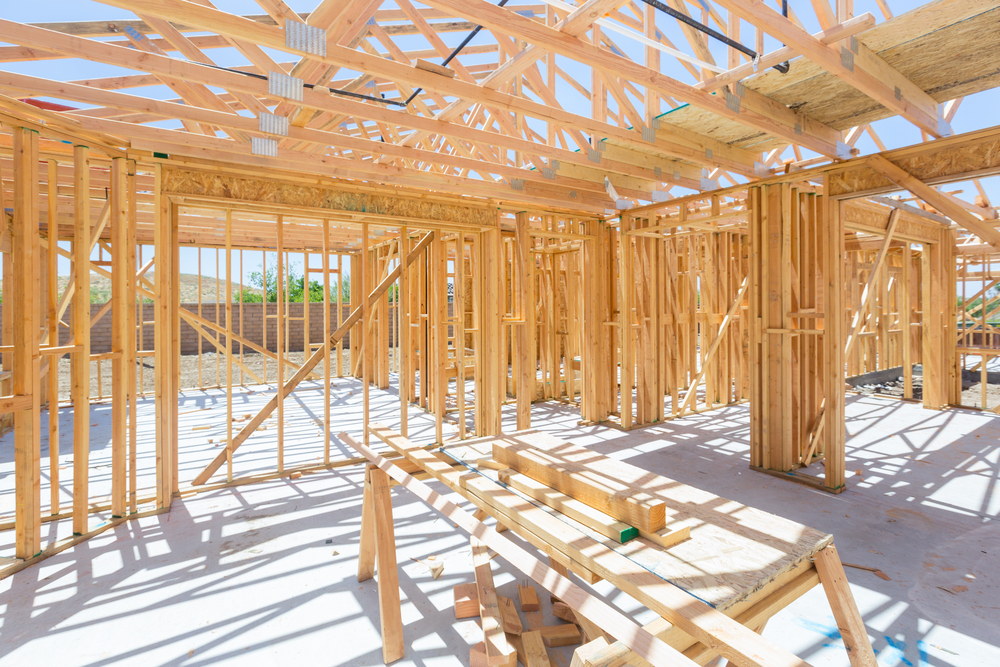
Phase 2:
Framing Inspection
Your next phase inspection is performed once the home’s framing is complete, but before the drywall is installed. Because insulation and sheetrock cover things like window flashing, electrical wiring, plumbing, and framing components, it’s crucial to inspect these items prior to drywall installation. We’ll also assess ductwork and the mechanical, electrical, and plumbing rough-in.

Phase 3:
Final Inspection
The final phase inspection is usually performed a few days before your scheduled walk-through with your builder. Also commonly referred to as the “blue tape” inspection, this phase covers all of the home’s major systems (HVAC, electrical, plumbing), as well as the structural components such as the attic and roof, proper installation of interior and exterior components, grading, and drainage.
The Top 3 Most Common Defects We Find in New Construction Homes
It’s a common belief that new builds don’t need a professional home inspection. However, our experience has taught us that even new homes can have more than their share of defects, and we’ve seen them all! Here are the top three we come across on a regular basis.
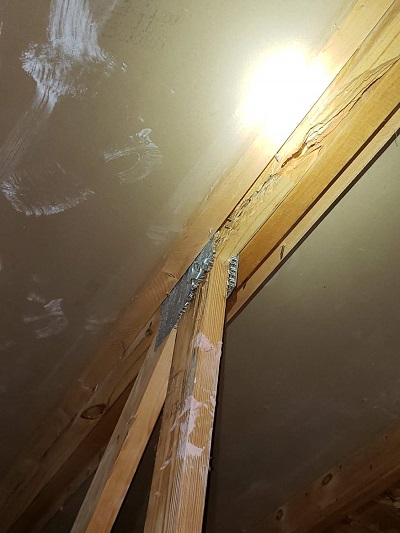
1. Damaged or Improperly Modified Engineered Structural Components.
A building’s structural components may be damaged or modified inappropriately in a way that affects load-bearing capacity or structural integrity. We see this most often in damaged roof trusses, like the one pictured above.
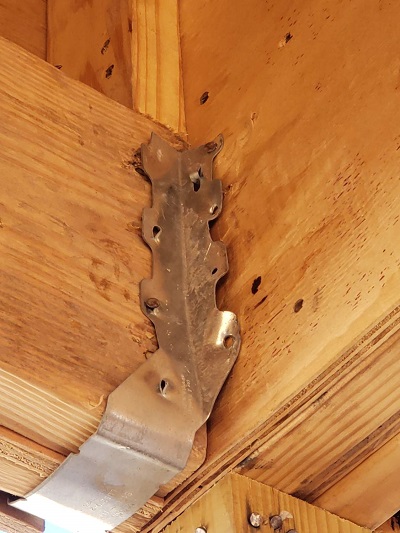
2. Missing Fasteners or Other Necessary Hardware.
Missing hardware is more common than you might think, and those missing pieces can lead to safety issues. We’ve seen missing fasteners, joist hangers, sheathing clips, and even bolts. In the example above, you can see how many fasteners are missing at the joist hanger.
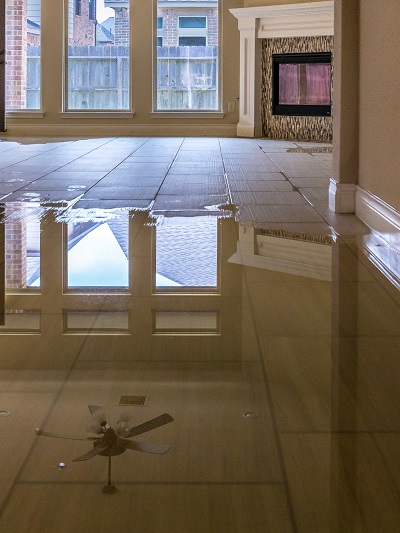
3. Improper Installation That Would Lead to Water Intrusion.
There are many techniques and materials used when during the build process that can lead to water intrusion and a lot of expensive damage over time when improperly utilized. It’s not uncommon to see pooling around the yard or foundation of new builds.


